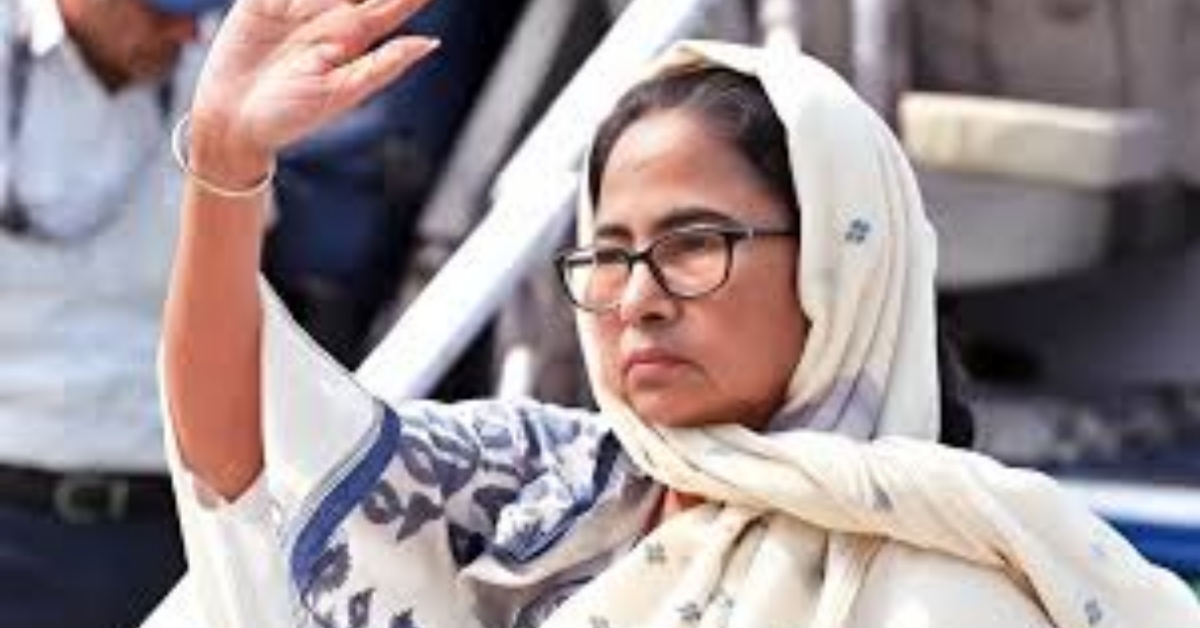Mamata Banerjee, often referred to as “Didi,” is a political figure synonymous with West Bengal. Serving as the Chief Minister since 2011, her influence on the state’s political and social fabric is undeniable. As the head of the Trinamool Congress (TMC), Mamata Banerjee has transformed the political landscape, breaking the 34-year-long Left Front dominance in the state. Her leadership style, policies, and grassroots connection have shaped her legacy, making her a revered figure not only in West Bengal but across India.
Early Life and Political Career
Born on January 5, 1955, in Kolkata, Mamata Banerjee hails from a middle-class Bengali family. She earned her education from the University of Calcutta and Jadavpur University. Her political journey began in the Indian National Congress (INC), where she served as a key figure in West Bengal’s political affairs in the 1980s. Known for her relentless energy, Mamata’s early years in politics were marked by her ability to mobilize grassroots support.
In 1997, she parted ways with the INC to establish the All India Trinamool Congress (AITC) or Trinamool Congress (TMC). This marked the beginning of a new era in West Bengal politics, as Mamata aimed to create an alternative force against the ruling Left Front.
Rise to Power
Mamata Banerjee’s rise to power was nothing short of revolutionary. After years of struggle and opposition, she emerged victorious in the 2011 West Bengal Legislative Assembly elections, overthrowing the long-standing Communist Party of India (Marxist)-led government. Her victory was seen as a historic moment, as she became the first woman Chief Minister of West Bengal.

Her campaign was centered on paribartan (change), a slogan that resonated deeply with the people of West Bengal. Under her leadership, the TMC was able to attract voters from various sections of society, including rural communities, women, and the youth. Mamata’s efforts to address the issues of farmers, laborers, and marginalized groups further cemented her popularity.
Key Achievements
1. Development Initiatives
Mamata Banerjee’s tenure as Chief Minister has been marked by several development initiatives aimed at improving the socio-economic conditions of the state. Her government has introduced various welfare schemes, such as Kanyashree, Rupashree, and Sabuj Sathi, which focus on women’s education, marriage assistance, and free bicycles for students, respectively.
Kanyashree Prakalpa, in particular, won international recognition, including the United Nations Public Service Award in 2017. The program provides financial support to encourage girls to continue their education, reducing the school dropout rate and preventing child marriages.
2. Industrial Growth and Infrastructure
Despite challenges, Mamata Banerjee has been proactive in promoting industrial growth in West Bengal. Her government has prioritized infrastructure development, with projects like Kolkata East-West Metro and the modernization of ports. She has also attracted investments in sectors like IT, tourism, and manufacturing, aiming to transform West Bengal into a business-friendly state.
3. Agricultural Reforms
Mamata’s commitment to the welfare of farmers is evident in her agricultural policies. The Krishak Bandhu scheme provides financial aid to farmers, ensuring that their livelihoods are protected. Her government has also worked on irrigation projects and ensuring that farmers get fair prices for their produce.
4. Social Reforms
Her government’s focus on social welfare is evident through programs aimed at poverty alleviation, education, and healthcare. Under Mamata’s leadership, the state’s healthcare system saw reforms like Swasthya Sathi, a health insurance scheme for the poor. Her policies aim to ensure inclusive growth, catering to all sections of society.
Political Challenges and Controversies
While Mamata Banerjee’s tenure has been marked by significant achievements, it has not been without challenges. She has faced opposition from both national and state-level political parties. The BJP’s growing influence in West Bengal has been a major challenge for her party, especially during the 2021 West Bengal elections. Despite this, Mamata’s personal charisma and leadership helped her secure a third consecutive term as Chief Minister, defeating the BJP in a high-stakes battle.
Mamata has also faced criticism regarding law and order issues in the state. Incidents of political violence and allegations of corruption have marred her administration at times. However, she remains a formidable leader, known for her resilience and ability to connect with the masses.
Vision for the Future
Mamata Banerjee’s political career is far from over. With her eye on the national stage, she has been positioning herself as a key opposition leader against the ruling Bharatiya Janata Party (BJP) at the central level. Her aspirations go beyond West Bengal, and she has been working towards forming a coalition of regional parties to challenge the BJP in future national elections.
Her vision for West Bengal remains centered on development, inclusivity, and social justice. As she continues her journey, Mamata Banerjee remains a powerful force in Indian politics, symbolizing the fight for equality, progress, and empowerment.
Conclusion
Mamata Banerjee’s legacy as the leader of West Bengal is undeniable. Her rise from a grassroots politician to the Chief Minister of one of India’s most politically significant states is a testament to her determination and leadership. Through her policies and vision, Mamata has transformed the socio-political landscape of West Bengal, making her one of the most iconic leaders in the state’s history. As the face of the Trinamool Congress and a potential national leader, her influence on Indian politics is bound to grow in the years to come.



















